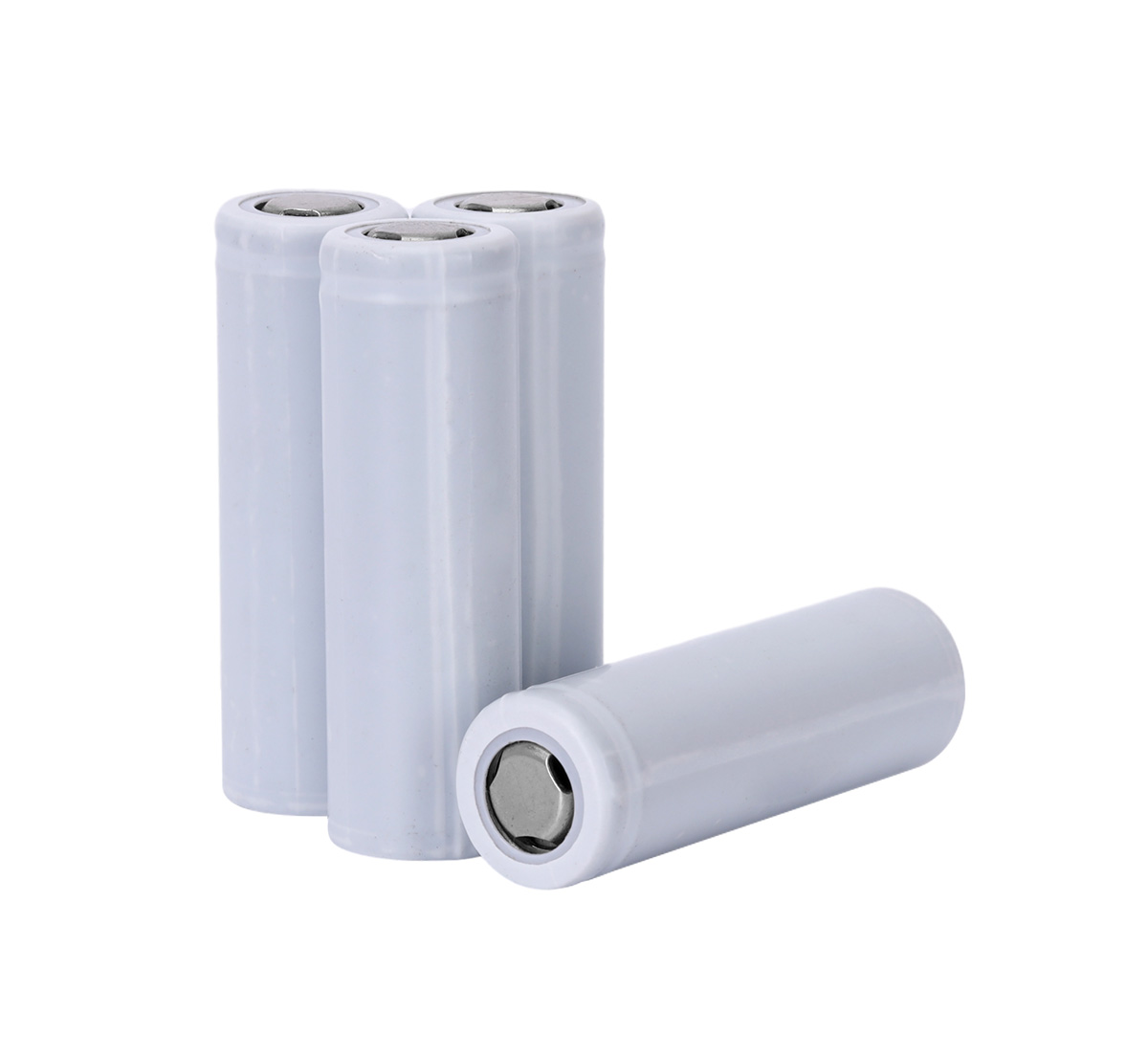Time:2024-03-11 Preview:1 source:News

The surface treatment process of power lithium-ion battery aluminum shell mainly includes the following steps:
Surface pretreatment: The purpose of this step is to clean the aluminum surface to expose the pure matrix, thereby obtaining a complete and dense artificial oxide film. This can be achieved through chemical or physical methods, while it is also possible to obtain a mirror or matte (matte) surface through mechanical methods.
Anodizing: Under certain process conditions, the surface-pretreated aluminum shell is anodized to form a dense and porous strong adsorption layer AL203. This step can enhance the corrosion resistance and wear resistance of the aluminum shell.
Sealed pores: Seal the membrane pores of the porous oxide film formed after anodization to further improve the anti-pollution, corrosion resistance and anti-wear properties of the oxide film.
Coloring treatment: After the membrane pores are closed, the aluminum shell can be colored by adsorbing and depositing metal salts. This allows the aluminum shell to appear in natural or other colors, such as black, copper, gold and stainless steel.
In addition, some aluminum shells may also be color treated using powder electrostatic spraying or electrophoretic painting. The powder electrostatic spraying process uses static electricity to spray paint onto the aluminum shell, and then heats, melts, and solidifies it to form a film. The electrophoretic painting process uses an external electric field to deposit particles such as pigments and resins on the surface of the aluminum shell, forming a glossy coating that is resistant to cement, mortar and acid rain erosion.
These surface treatment processes can not only improve the aesthetics of the aluminum shell, but also enhance its durability and functionality, ensuring better performance of the power lithium-ion battery during use.
Related suggestion:
Lithium batteries will become an important part of the future green energy field